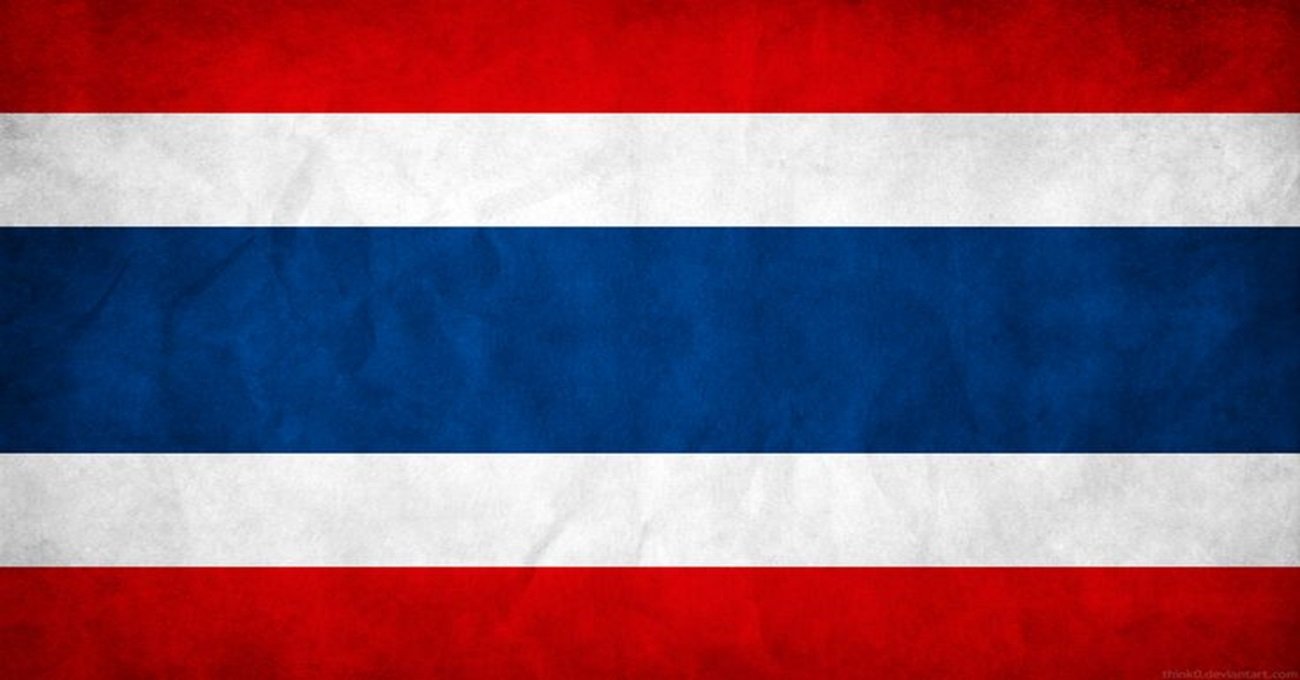Rich Symbolism of the Thailand Flag
Thailand Flag : spiritual emblem
The Thailand flag, an iconic symbol of the nation’s identity, is a canvas of vibrant colors and intricate symbolism that reflects the rich tapestry of Thai history and culture. Officially known as the « Triranga, » this tricolor emblem has a storied evolution dating back to the 19th century during the reign of King Rama IV. Through its distinctive hues of red, white, and blue, the flag communicates profound meanings, representing the Thai people, Buddhism, and the monarchy, respectively. As we embark on a journey to unravel the layers of significance woven into each stripe and the central emblem, we delve into the historical currents that shaped the flag’s design. This article aims to illuminate not only the visual aesthetics of the Thailand flag but also the historical context and cultural underpinnings that make it a powerful emblem of national pride and unity.
Historical Background:
Symbolism of Colors:
- Red Stripe: The top stripe of the Thailand flag is red, symbolizing the nation and its people. Red is a color often associated with courage, sacrifice, and the bloodshed of those who fought for Thailand’s independence.
- White Stripe: The middle stripe represents Buddhism, the predominant religion in Thailand. White signifies purity and the practice of righteous conduct, aligning with the principles of Buddhism that are deeply embedded in Thai culture.
- Blue Stripe: The bottom stripe is blue, representing the Thai monarchy. Blue is a color associated with royalty and is meant to honor the reigning monarch, who holds a revered position in Thai society.
Central Emblem:
Embedded within the central white stripe is the national emblem, featuring a stylized image of the Garuda – a mythical bird in Hindu and Buddhist traditions. The Garuda symbolizes the royal power and protection of the Thai monarchy. Its wingspan and sharp talons convey the strength and might of the Thai people, while the crown on its head represents the connection between the monarchy and the nation.
Evolution of the Thailand Flag:
Cultural Significance:
- Unity and National Identity: The tricolor design of the Thailand flag symbolizes the unity of the Thai people. It serves as a visual representation of the diverse elements that contribute to the nation’s identity, including its history, religion, and monarchy.
- Respect for the Monarchy: The blue stripe, specifically dedicated to the monarchy, reflects the deep respect and admiration that Thai people hold for their royal family. The monarchy is a central institution in Thailand, and the flag reinforces this connection.
- Spiritual Foundation: With the white stripe representing Buddhism, the flag underscores the spiritual foundation of Thai society. Buddhism plays a crucial role in shaping the cultural norms, values, and ethical principles that guide the lives of the Thai people.
In addition to its rich symbolism and cultural significance, the Thailand flag also plays a role in the nation’s identity on the digital landscape. Online searches for information about the Thailand flag often include queries related to its history, meaning, and design. By providing detailed insights into these aspects, this article aims to cater to the SEO needs of users seeking comprehensive information about the Thailand flag.
Conclusion:
The Thailand flag, with its tricolor design and intricate emblem, encapsulates the essence of the nation’s history, culture, and values. Its evolution over the years reflects the dynamic nature of Thai society, while the symbolism embedded in its colors and central emblem deepens the connection between the flag and the people. As a visual representation of unity, spirituality, and respect for the monarchy, the Thailand flag stands as a powerful symbol that continues to inspire and resonate with the Thai people.



